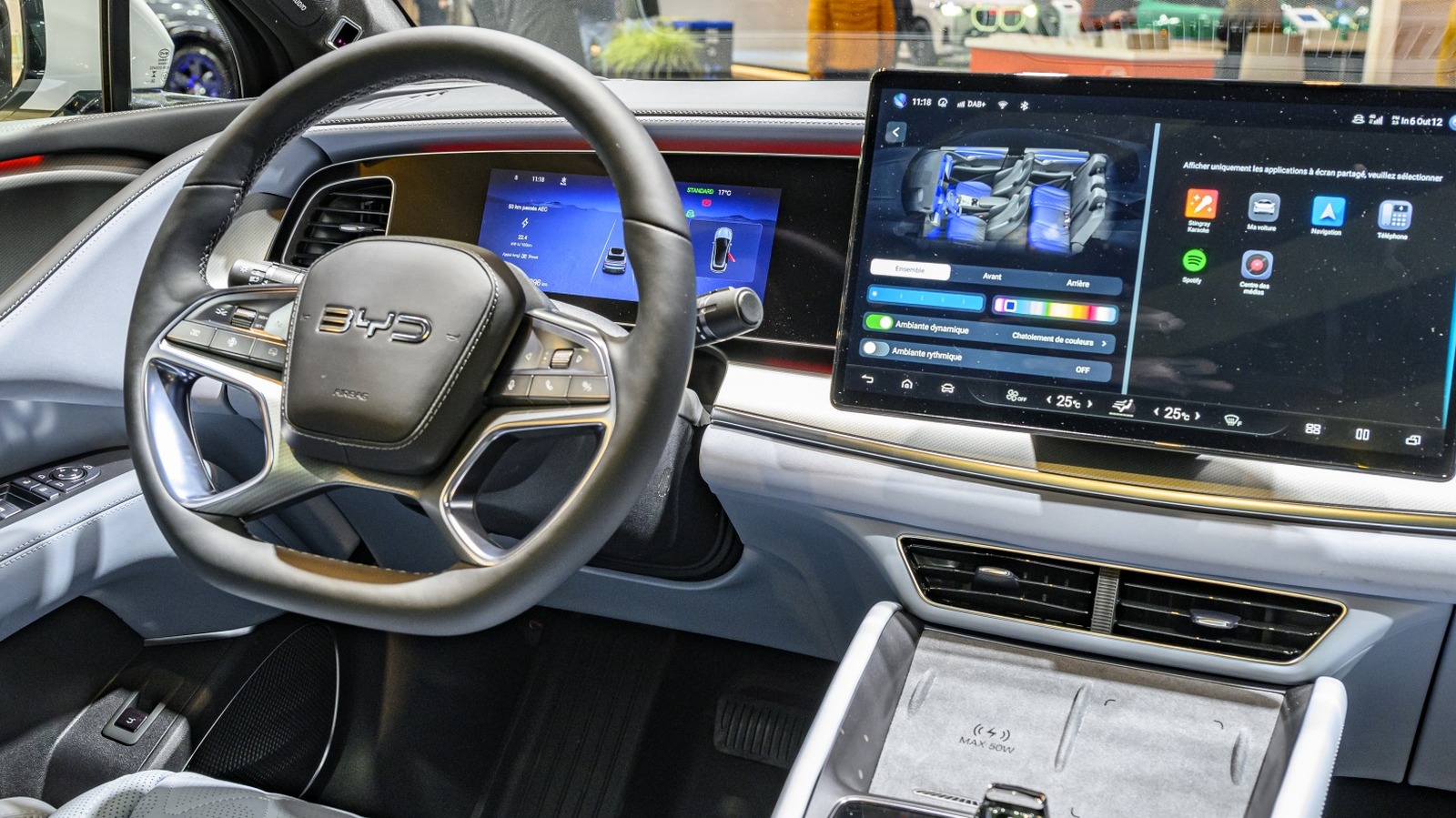We were promised flying cars by now, and even though our generation is used to disappointment, lackluster feelings about the cars-of-future-present have been magnified by an overabundance of modern car features that often feel like bugs in disguise. Why does my car beep furiously if I take my hand off the wheel? Why do I have to scroll through a touchscreen menu to turn on my rear defroster when a simple button used to do the job instantly?
We’re not anti-progress — we grew up alongside it. My generation is the one that witnessed the rise of the internet, saw phones go from indestructible bricks to pocket-sized supercomputers, and embraced streaming over Saturday morning cartoons. We know the value of innovation. That said, we also remember when things were built to last and when technology felt like an upgrade instead of an obstacle.
So yes, while we appreciate smart technology, we also know when it’s making life harder instead of easier. In my opinion, and I’m sure several will agree, here are a few modern car features that have overpromised and underdelivered in a big way.
Auto Start-Stop has an accurately named acronym
Like many of these newfangled features, Auto Start-Stop is an idea that probably sounded better on paper. It was touted as a smart, eco-conscious advancement, which would shut off the engine while idling, like at red lights or in bumper-to-bumper traffic. In theory, this was supposed to reduce pollution and save on gas. However, in reality, the savings are negligible at best. Most estimates show the fuel saved per trip amounts to little more than spare change, hardly worth the trade-off in performance.
While there’s plenty of debate over whether the aptly acronymed A-S-S may actually shorten the lifespan of your starter motor and battery, one thing most drivers can agree on is that it’s among the most frustrating features their cars have. It’s jerky, intrusive, and can dampen any mood in heavy traffic. It may make the EPA happy by having a supposedly positive effect on carbon emissions, but from behind the wheel, it just feels like another example of tech for tech’s sake — something many would gladly opt out of if given the choice.
But I don’t want to touch my screen for everything
We never knew how much we loved actual buttons until they were ripped away from us and replaced with massive touchscreens that control everything from the headlights to the trunk release. Touchscreens may look sleek, but they overcomplicate basic tasks. I think many of us can agree that certain functions have no business being controlled by a touchscreen.
Want to turn down the A/C? Time to scroll through a menu like you’re on Netflix, taking your eyes off the road for far longer than is necessary or safe. And what happens when the portal to this gloriously high-tech “infotainment” system cracks or goes down? Prepare to shell out anywhere from hundreds to thousands of dollars, according to various Reddit forums. Luckily, if your screen is just frozen, the solution is a familiar one — simply turn off your car and turn it back on again. Because that’s convenient while driving in heavy traffic.
What about those advanced driver annoyance systems
Drivers aren’t the only ones annoyed and perplexed by some of this new technology. Advanced Driver Assistance Systems, or ADAS, are causing just as many headaches in the repair bay as they are behind the wheel. For shops, a once straightforward job like replacing a bumper can now require hours of sensor and camera recalibration. These systems rely on pinpoint accuracy and being even a millimeter off can cause malfunctions. That means specialized training, expensive computer equipment, and more time spent in the shop, which translates into higher repair bills for customers.
From the driver’s perspective, the promised convenience and safety of ADAS often falls short. Systems like lane keep assist and driver attention monitoring can be overly sensitive, creating constant false alerts, beeping for no apparent reason, or even pulling the steering wheel unexpectedly. Some features can’t be easily turned off, and others reset every time the car is started. Instead of improving the driving experience, they can feel like distractions, which is why in 2024 the Insurance Institute for Highway Safety made claims that there are several limitations to assistance features, which helped determine that almost every driver assist system actually sucks.
Sometimes simple is better
It’s easy to see why modern car features were introduced with such optimism. After all, who wouldn’t want a safer, smarter, more efficient driving experience? Somewhere along the line, though, auto manufacturers started trying to turn cars into rolling smartphones, and for the most part, drivers hate the tech in their cars. Physical buttons are faster, more intuitive, and arguably safer than touchscreens. Mechanical systems wear predictably and can be repaired without specialized diagnostic tools.
We’ve begun to hand over the control of our cars to sensors and systems that sometimes second-guess us, override our instincts, or throw up alerts at the worst possible time. For all the buzz around driver assistance features, many of us just want to feel more in control, not less.
That’s not to say that other innovations like backup cameras and heated seats aren’t great, but it feels like the driving experience has started to resemble software management more than transportation. It’s worth asking whether all these features truly serve the driver, or if they’re slowly stripping away the simple joy of being behind the wheel.


